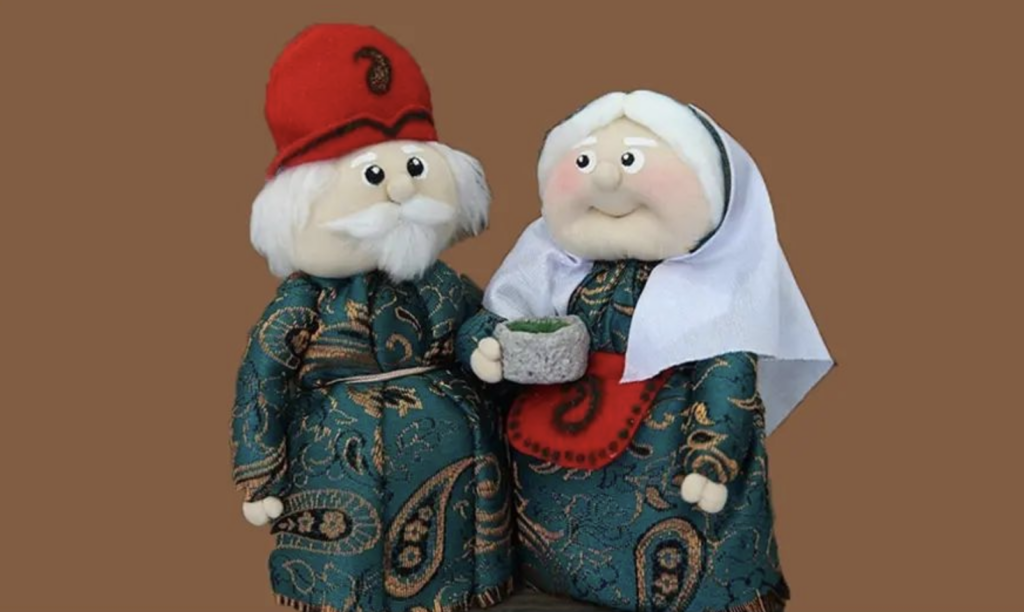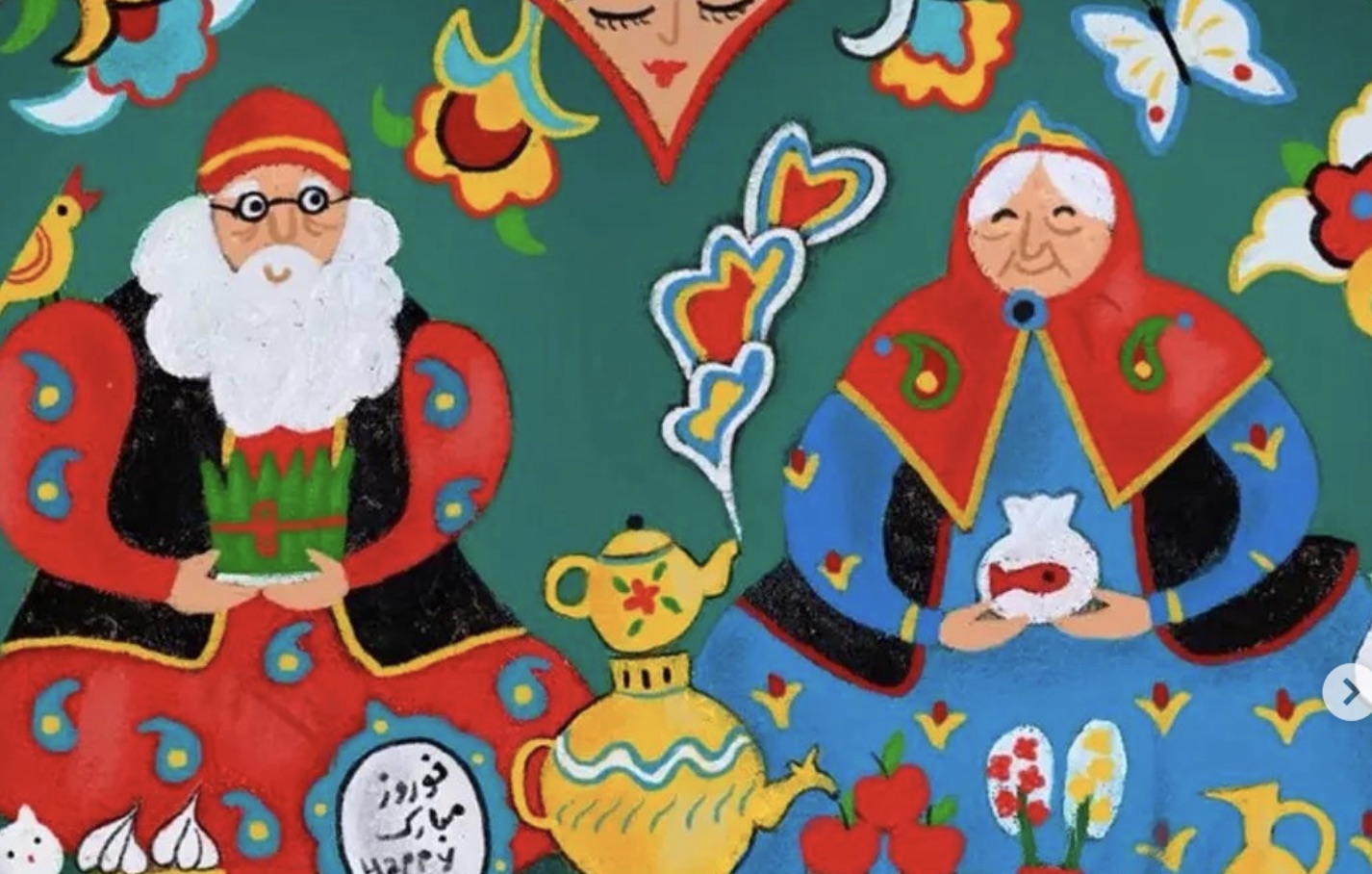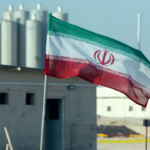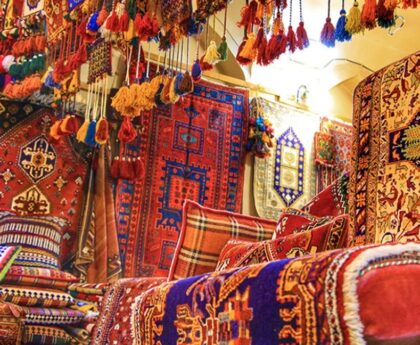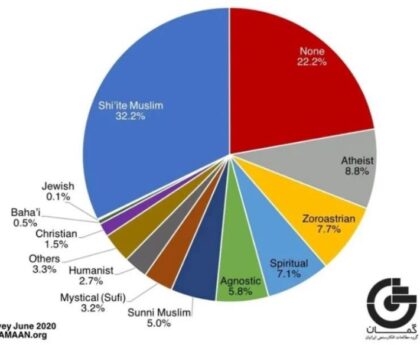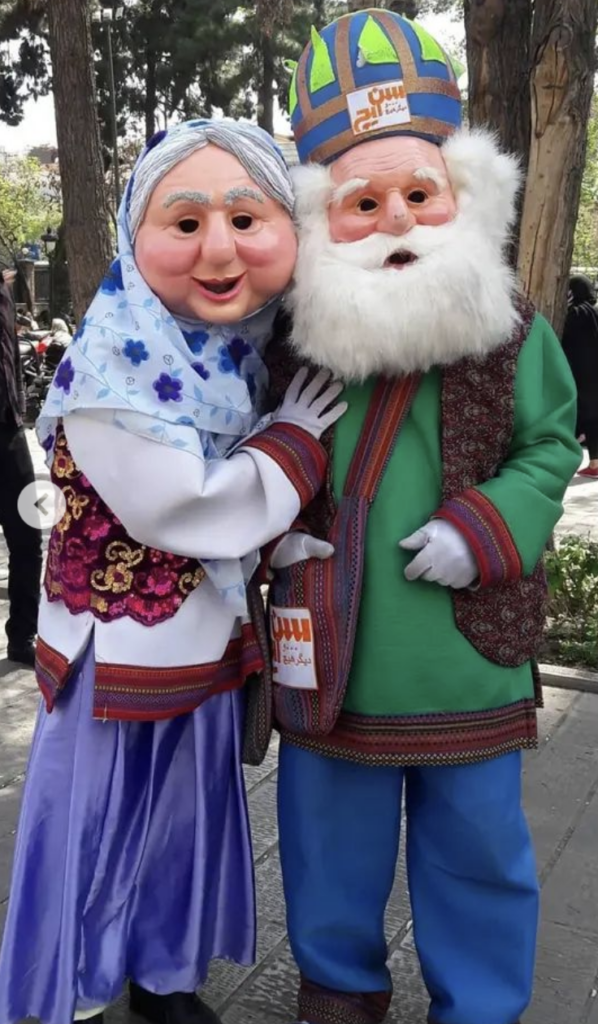
The legend says that on the last days of winter, when the spring breeze can be felt on the air, an old woman, living alone in her house on the outskirts of her town, starts anticipating the return of her love, who is on a 12-month journey. This old woman’s name is Nane Sarma (Lady winter / Grandma Frost) and her love is an old man called Amu Nowruz (Uncle Nowruz).
When the last day of winter finally arrives, Nane Sarma wears her best clothes, meticulously cleans her house, she puts a rug in her terrace, overlooking her front yard, and she outs fruit and nuts in bowls, awaiting the arrival of her beloved. She waits and waits until she slowly drifts to sleep. Right when she is asleep, Amu Nowruz finally comes from the hill that overlooks the town. He comes to her house and sees that the woman has waited for her just like all the other years.
But Nane Sarma looks so peacefully asleep, that Amu Nowruz finds it hard to awaken her from her nap. Instead, he plucks a pot marigold flower from the garden, and puts it right near her head. Because Amu Nowruz is the messenger of the spring and he should go and deliver this message to everywhere, he can’t stay more than a few minutes, and while Nane Sarma is asleep, he bids her farewell and leaves to bring the happy news of arrival of spring to other people as well. When Nane Sarma wakes up, she realizes that she has missed her chance yet again, but she sees the marigold flower and the eaten fruit, and realizes that her beloved Amu Nowruz had been in her house. Every year she waits for him again.

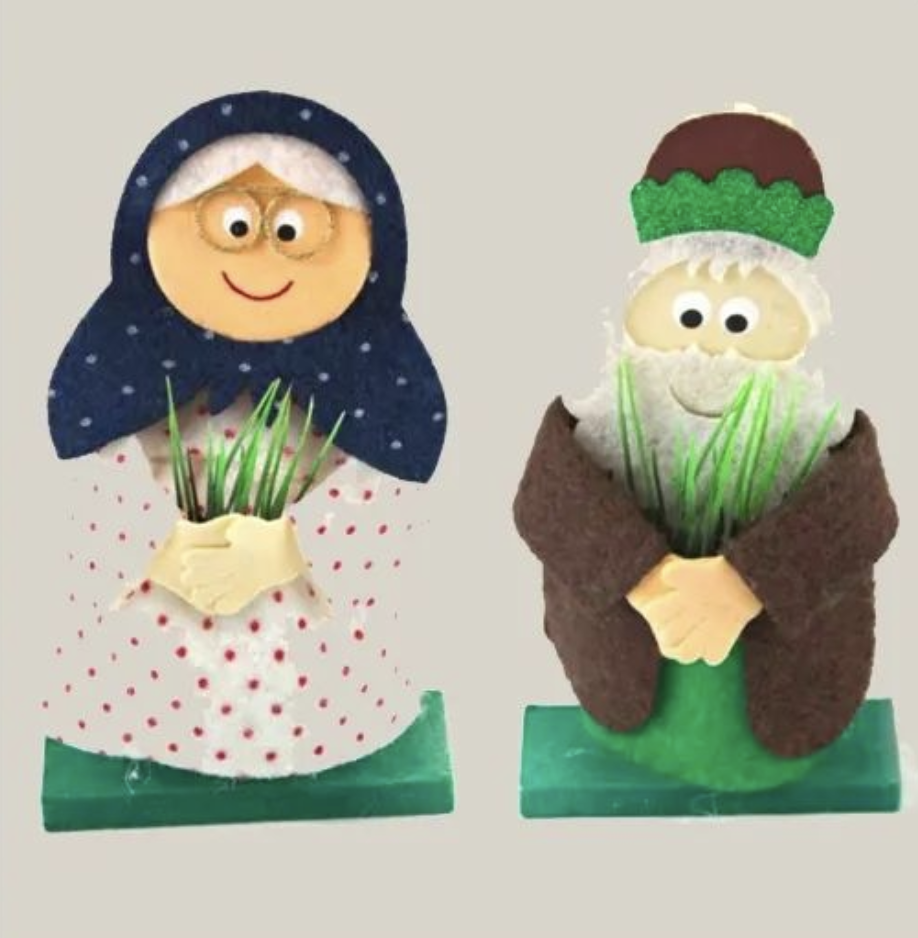
On the eve of spring equinox, when the Iranian New Year is celebrated in the Iranian cultural continent from Albania in the West to Western China in the East, Amu Nowruz brings children gifts, similar to the Western Christian folk character Santa Clause. According to some historians he symbolizes Zal, father of Rostam, the hero of Shahnameh. Shahnama is a long epic poem written by the Persian poet Ferdowsi between c. 977 and 1010 CE and is the national epic of Greater Iran.
